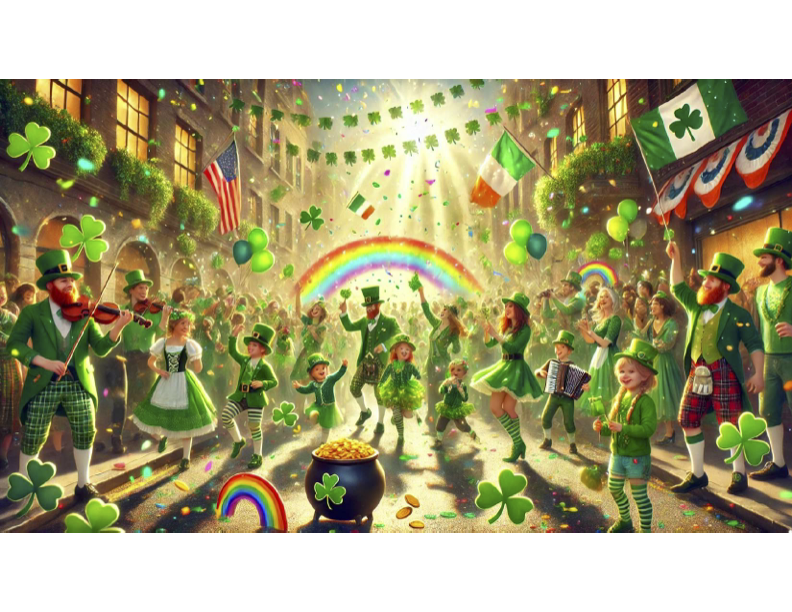Every March 17th, cities light up in green, parades take over streets, and shamrocks pop up on everything from cookies to dog bandanas. But in the middle of all the glitter and Guinness, it’s easy to forget what St. Patrick’s Day actually celebrates — and why it’s more than just a party.
The Real St. Patrick
Let’s start with the guy himself. St. Patrick wasn’t Irish. He was born in Roman Britain in the late 4th century and kidnapped by Irish raiders as a teenager. After years of slavery in Ireland, he escaped, went back home, and later returned to Ireland as a Christian missionary. He’s credited with spreading Christianity across the country and using the three-leaf shamrock to explain the Holy Trinity — not to be confused with the four-leaf clover, which is just a good luck charm.
From Religious Feast to Global Bash
St. Patrick’s Day started as a solemn religious feast in Ireland, honoring the patron saint. It was a day for church and reflection. But like many things, when it crossed the Atlantic, it evolved. Irish immigrants in the U.S. used the day to show pride, especially during times when they faced discrimination. Over time, the celebrations got bigger, louder, and more public — and eventually, more commercial.
Today, it’s a mix of Irish pride, cultural appreciation, and just plain fun. Cities like New York, Chicago, and Boston throw massive parades. (Chicago even dyes its river green.) But the day is now global, with landmarks like the Sydney Opera House and the Colosseum lighting up in green.
Green, Beer, and Misconceptions
Yes, there’s a lot of drinking on St. Patrick’s Day — and plenty of green beer — but that’s a fairly modern twist. In Ireland, pubs were once legally closed on March 17th. That changed in the 1970s, when the country leaned into tourism and embraced the global party.
And no, leprechauns weren’t part of the original St. Patrick’s Day either. They come from Irish folklore — mischievous little shoemakers with hidden gold — and got pulled into the holiday as it got more playful and commercial.
How to Celebrate Without the Gimmicks
You don’t need a plastic hat or a “Kiss Me I’m Irish” shirt to enjoy the day. Here are a few ways to keep it meaningful:
-
Learn about Irish history or folklore.
-
Cook a traditional Irish meal — not just corned beef and cabbage (which, by the way, isn’t really Irish).
-
Support Irish creators: writers, musicians, artists.
-
Raise a glass to heritage, resilience, and community — not just for the sake of getting drunk.
Bottom Line
St. Patrick’s Day is more than a drinking holiday. It’s about identity, transformation, and pride. So sure, wear your green and enjoy the party — but remember the story behind it all. It started with a kidnapped teen who returned to the land of his captors, not for revenge, but for purpose. That’s a legacy worth raising a glass to.

